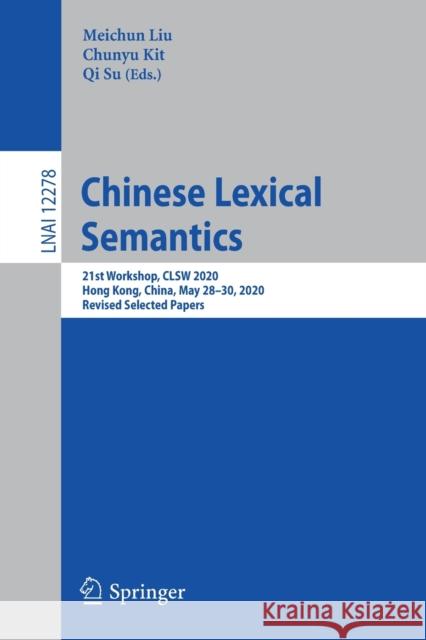Chinese Lexical Semantics: 21st Workshop, Clsw 2020, Hong Kong, China, May 28-30, 2020, Revised Selected Papers » książka
topmenu
Chinese Lexical Semantics: 21st Workshop, Clsw 2020, Hong Kong, China, May 28-30, 2020, Revised Selected Papers
ISBN-13: 9783030811969 / Angielski / Miękka / 2021 / 900 str.
Chinese Lexical Semantics: 21st Workshop, Clsw 2020, Hong Kong, China, May 28-30, 2020, Revised Selected Papers
ISBN-13: 9783030811969 / Angielski / Miękka / 2021 / 900 str.
cena 402,53
(netto: 383,36 VAT: 5%)
Najniższa cena z 30 dni: 385,52
(netto: 383,36 VAT: 5%)
Najniższa cena z 30 dni: 385,52
Termin realizacji zamówienia:
ok. 22 dni roboczych
Dostawa w 2026 r.
ok. 22 dni roboczych
Dostawa w 2026 r.
Darmowa dostawa!
Kategorie:
Kategorie BISAC:
Wydawca:
Springer
Język:
Angielski
ISBN-13:
9783030811969
Rok wydania:
2021
Wydanie:
2021
Ilość stron:
900
Waga:
1.25 kg
Wymiary:
23.39 x 15.6 x 4.62
Oprawa:
Miękka
Wolumenów:
01
Dodatkowe informacje:
Wydanie ilustrowane











